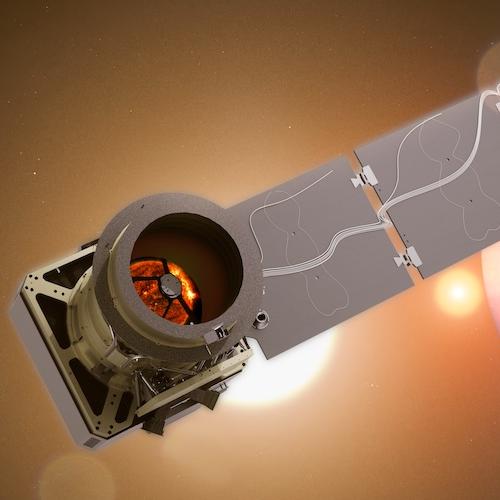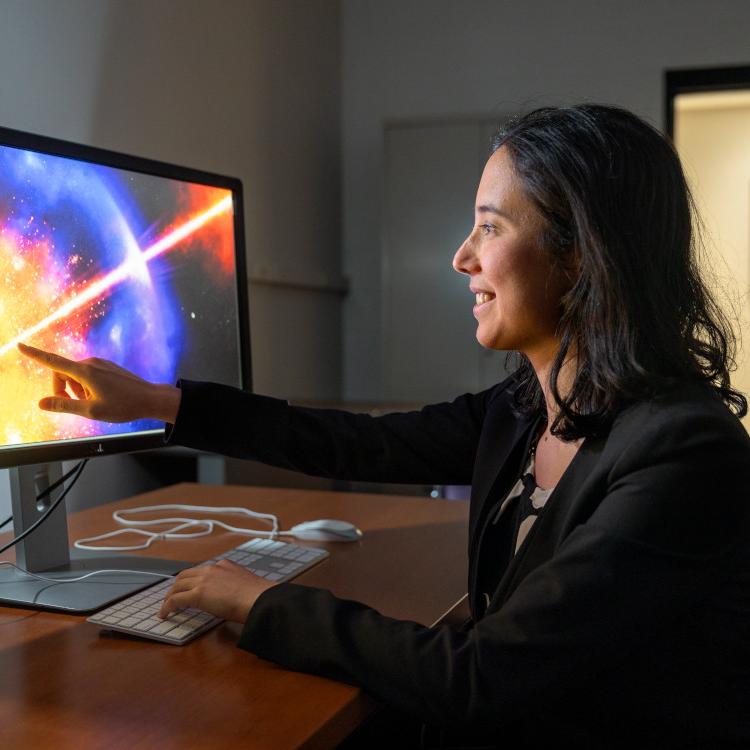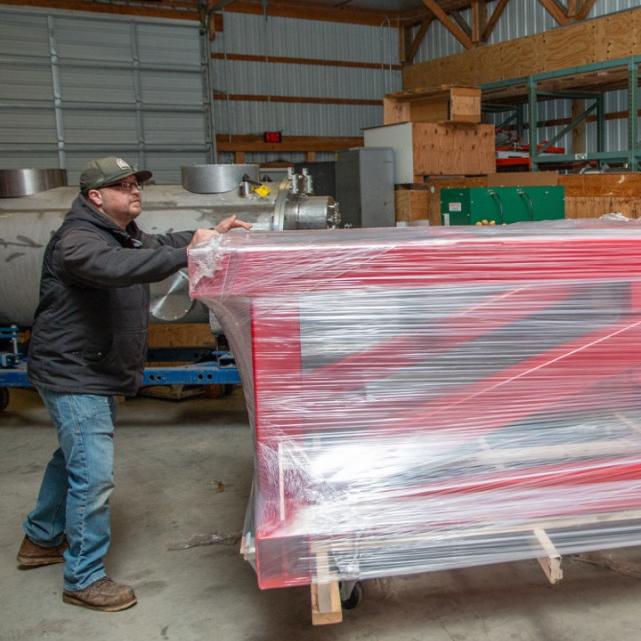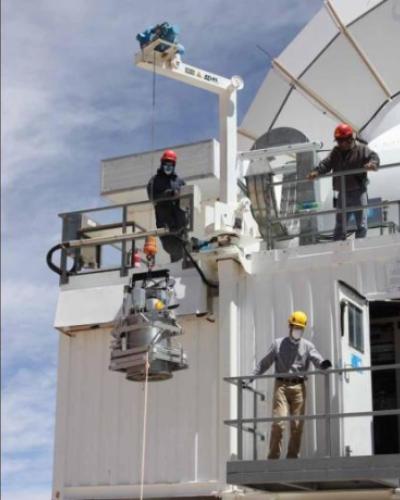On the evening of Dec. 12, 2021, Cornell astronomers Gordon Stacey and Thomas Nikola were dangerously short on time. They’d been awake for nearly 24 hours, with another all-nighter ahead of them.
The skin on their hands had dried out and cracked from living for five weeks at a dizzying elevation in Chile’s Atacama Desert. And they were short-handed, a crew of two instead of the usual four or five, in the Atacama Pathfinder Experiment (APEX) telescope control room.
COVID-19 restrictions, travel delays and bad weather had aligned so they, and a Cornell team working remotely from Ithaca, had only 12 more hours to collect data from their target galaxies: light that had taken 11.5 billion years to reach Earth.
“We look at star formation over cosmic time,” said Stacey, professor of astronomy in the College of Arts and Sciences. “That’s behind everything we do.”
For more than 30 years, Stacey has led research teams using telescopes worldwide to learn about stellar evolution. A few years ago, for instance, Stacey confirmed that some of the highest luminosity galaxies form not through collisions, but through the accumulation of material from the cosmic web. Such discoveries lead to more time on telescopes and further discoveries. Tonight, they were trying to learn even more – but the window of opportunity was closing.
On a break between observations, Stacey chatted on Zoom with the Ithaca team. He finds the work of observing stimulating enough to keep him awake, and he was good to go for the rest of the night.
Read the full story in the Cornell Chronicle.






